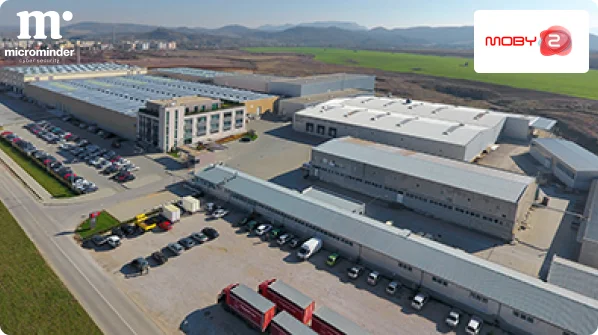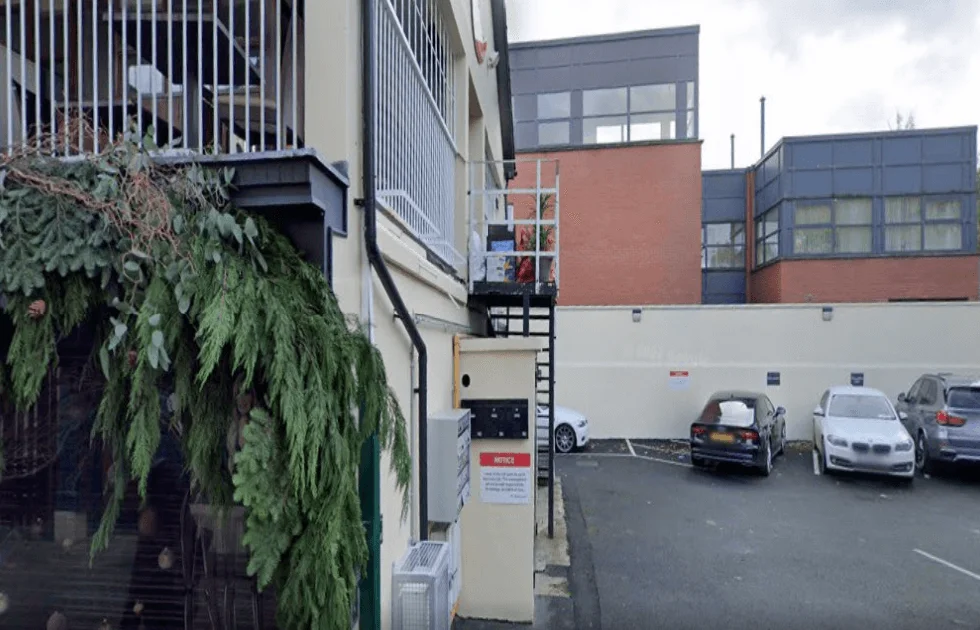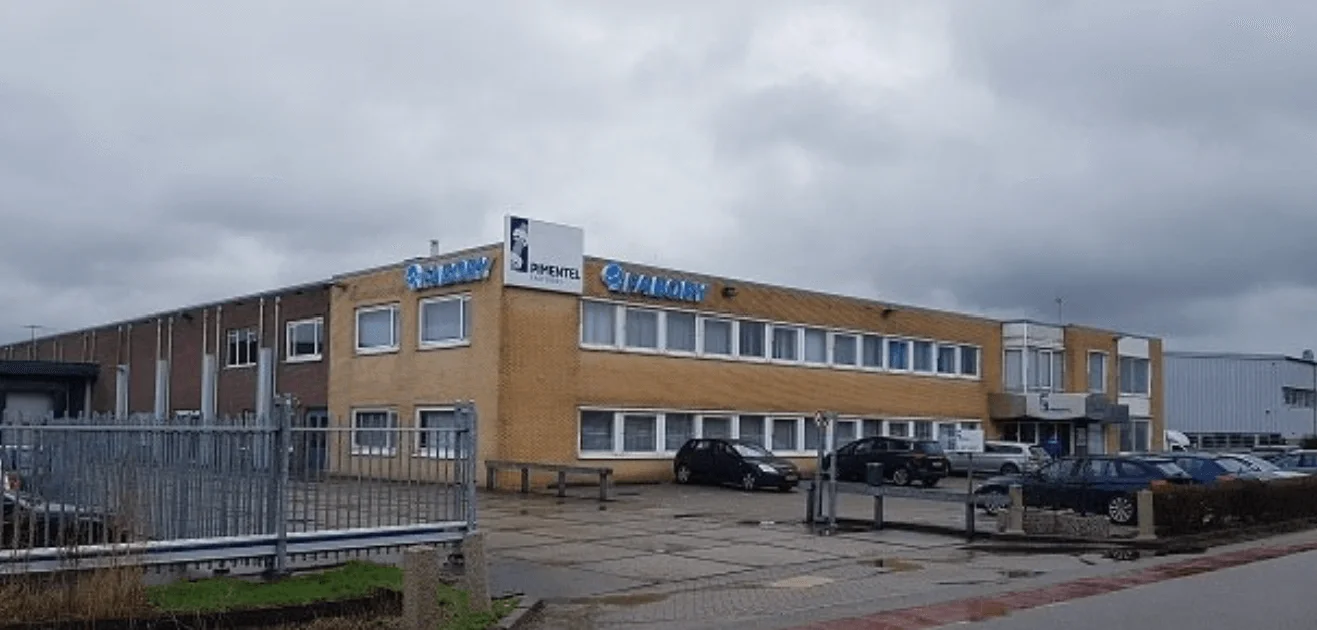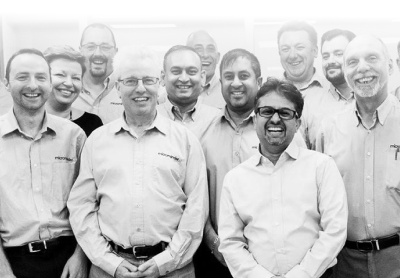Fortifying Your Foundation: The Importance of Cloud Infrastructure Security
Cloud infrastructure security is the practice of safeguarding the underlying components and resources that comprise cloud computing environments. This encompasses protecting the hardware, software, networks, and data storage systems that support cloud services. With the widespread adoption of cloud computing, ensuring the security of cloud infrastructure has become a critical concern for organisations of all sizes. Key aspects of cloud infrastructure security include implementing robust access controls, encryption mechanisms, and network security protocols to prevent unauthorised access, data breaches, and other cyber threats.
Cloud infrastructure security is the practice of safeguarding the underlying components and resources that comprise cloud computing environments. This encompasses protecting the hardware, software, networks, and data storage systems that support cloud services. With the widespread adoption of cloud computing, ensuring the security of cloud infrastructure has become a critical concern for organisations of all sizes. Key aspects of cloud infrastructure security include implementing robust access controls, encryption mechanisms, and network security protocols to prevent unauthorised access, data breaches, and other cyber threats.
Additionally, regular monitoring, auditing, and vulnerability assessments are essential to identify and address security gaps in cloud infrastructure proactively. By prioritising cloud infrastructure security, organisations can mitigate risks, comply with regulatory requirements, and maintain the confidentiality, integrity, and availability of their data and applications in the cloud.
Read More +
Read Less -


























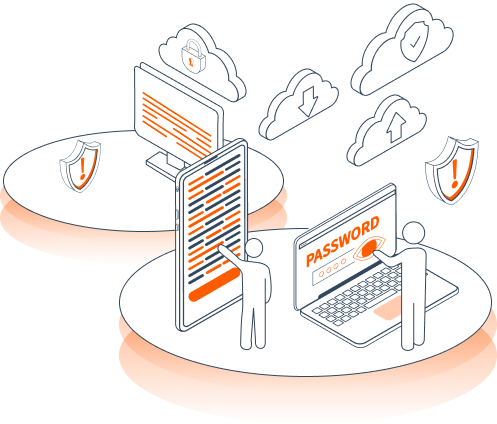











 310 reviews on
310 reviews on 
